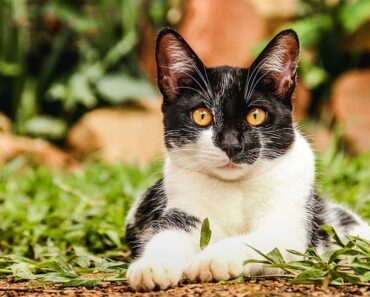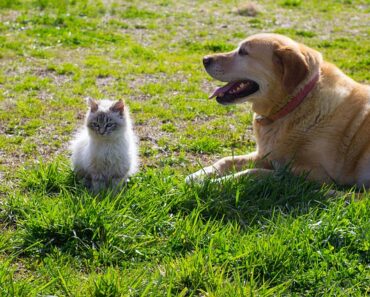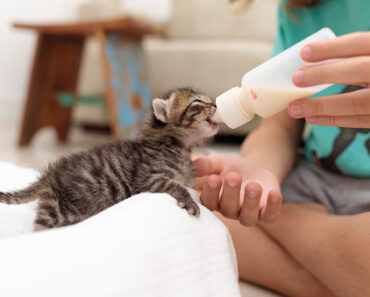The decision to trim your cat’s claws is entirely up to you. First, you need to understand how a cat’s claws are useful to him in his familiar and unfamiliar environment, and then when you should intervene to improve his hygiene. Your questions answered right away!

The cat’s claws, an essential and instinctive role
The cat has 5 fingers, like our hand. Its grids, composed of keratin, form a superposition of horny layers and a nail pulp covering the nerves and blood vessels. Because of its feline nature, the cat loves to hunt, climb and venture wherever it pleases. Thus, it leaves an indelible mark on its passage, that of its claws. Nevertheless, it is necessary in certain cases to cut them.
The cat has retractable claws that come out of its paws when it wants to meet its primary needs such as hunting or marking its territory. A cat’s claws naturally cut themselves as soon as the animal wanders frequently. An outdoor cat that is used to going outside regularly and walking many miles must be able to defend itself against imminent danger. The primary use of the claws is to take refuge on the top of a tree. In a way, you should know that its sharp claws will be filed in a natural way on a rough surface, a firm ground or ideally in a wood.
Also, taking out its claws can become an amusement for your kitten or an expression of its affection that you must educate in priority, if you don’t want it to take bad habits: scratching your calves, the bars of chairs or furniture, etc.
The maintenance of feline claws, a necessary supervision
It’s important to keep your cat’s claws healthy and to treat any infections. You will learn how to trim your pet’s claws properly, as they curl as they grow, splitting the fragile pads and causing severe pain. Indeed, an aging cat, who goes out less and less, will rather have long claws. Also, you will have to watch the dewclaws which tend to wear out slowly, because they do not touch the ground. This claw, located at the back of the paw, compared to the human thumb, can become very long.
In addition, you don’t want your pet to scratch the furniture all the time. There are many alternatives dedicated to the comfort of your hairball: the cat tree, the scratching post and toys are an excellent and efficient solution to protect your furniture, curtains, sofas… And guarantee the impeccable hygiene of its claws.
Don’t use them! Using scissors or nail clippers is absolutely not suitable for your pet. It is advisable to use a nail clipper specially designed for cats’ nails. For the first time, you can consult a veterinarian who will help you approach this new experience. The best thing to do is to establish a routine with your cat, reassure it, and gently take its paws by exerting a slight pressure on them, without necessarily cutting the claws. Then, check the state of his claws once a week: if they appear while your cat is on a break, it means that they should be shortened.
In short, you don’t have to systematically cut your cat’s claws, but you must take care of them at the risk of some bleeding. Even if nature is well done, most of the time, your cat will manage to file its own claws, however, you will know how to take care of it for its well-being and the preservation of your home.






